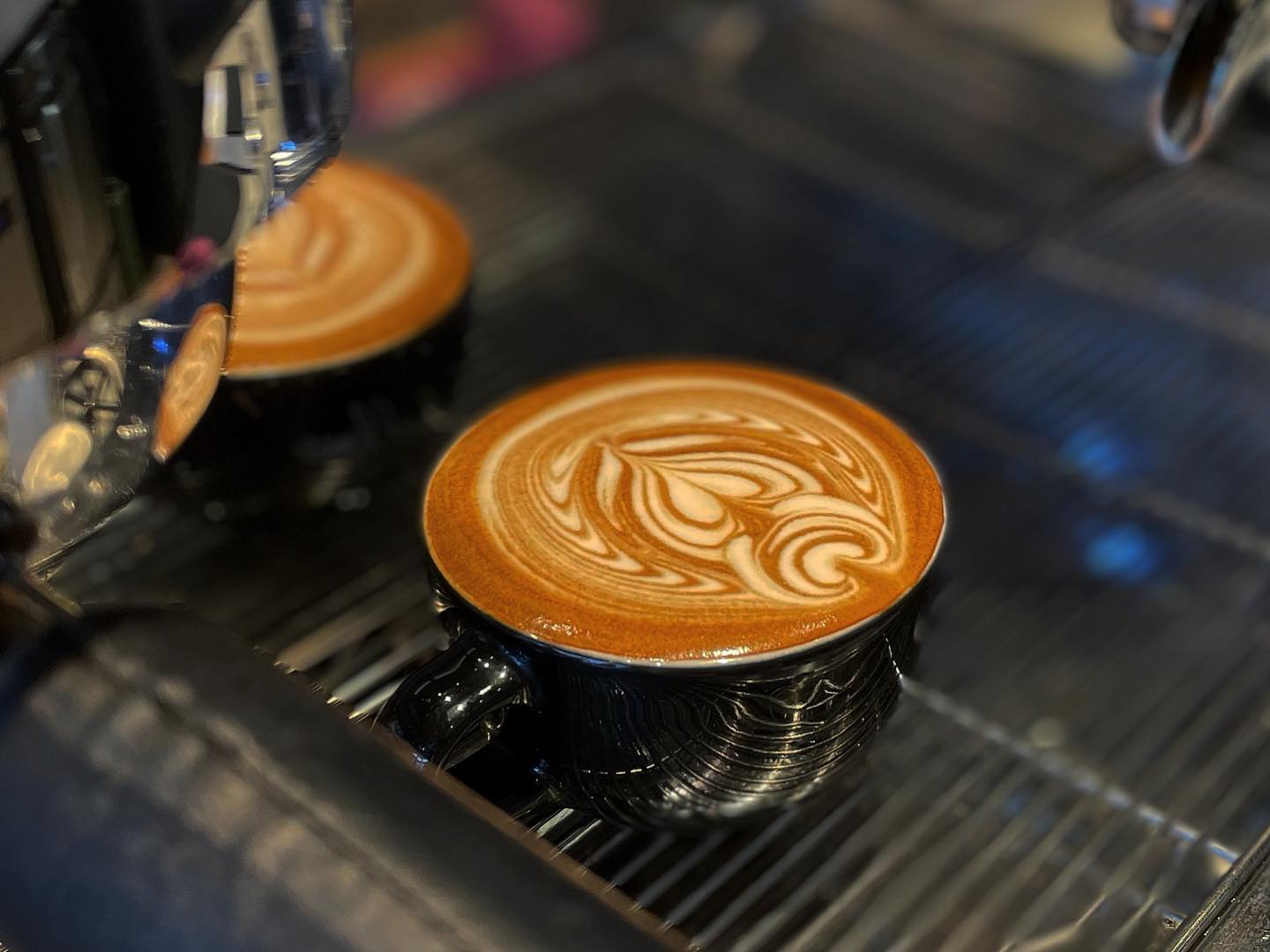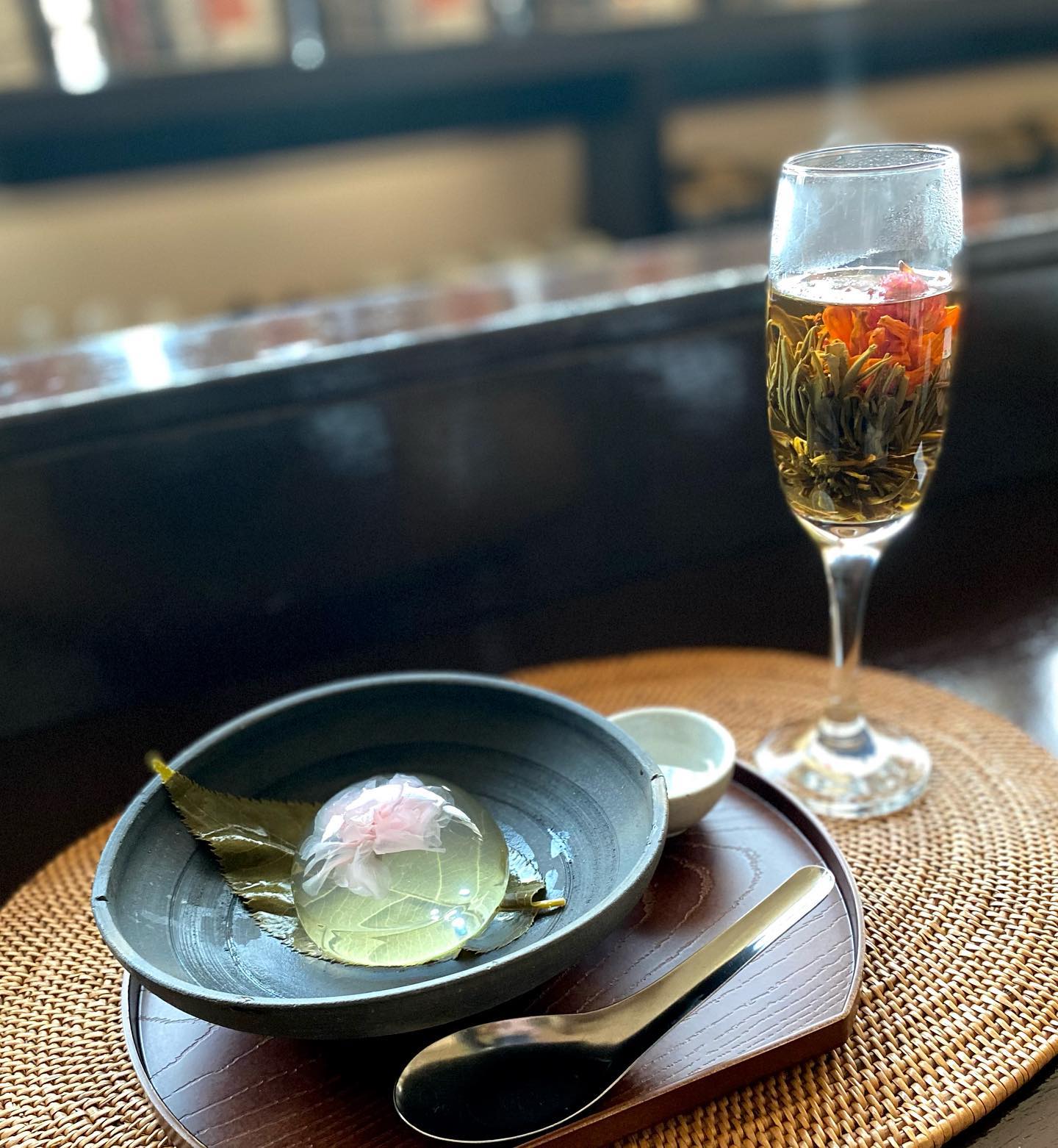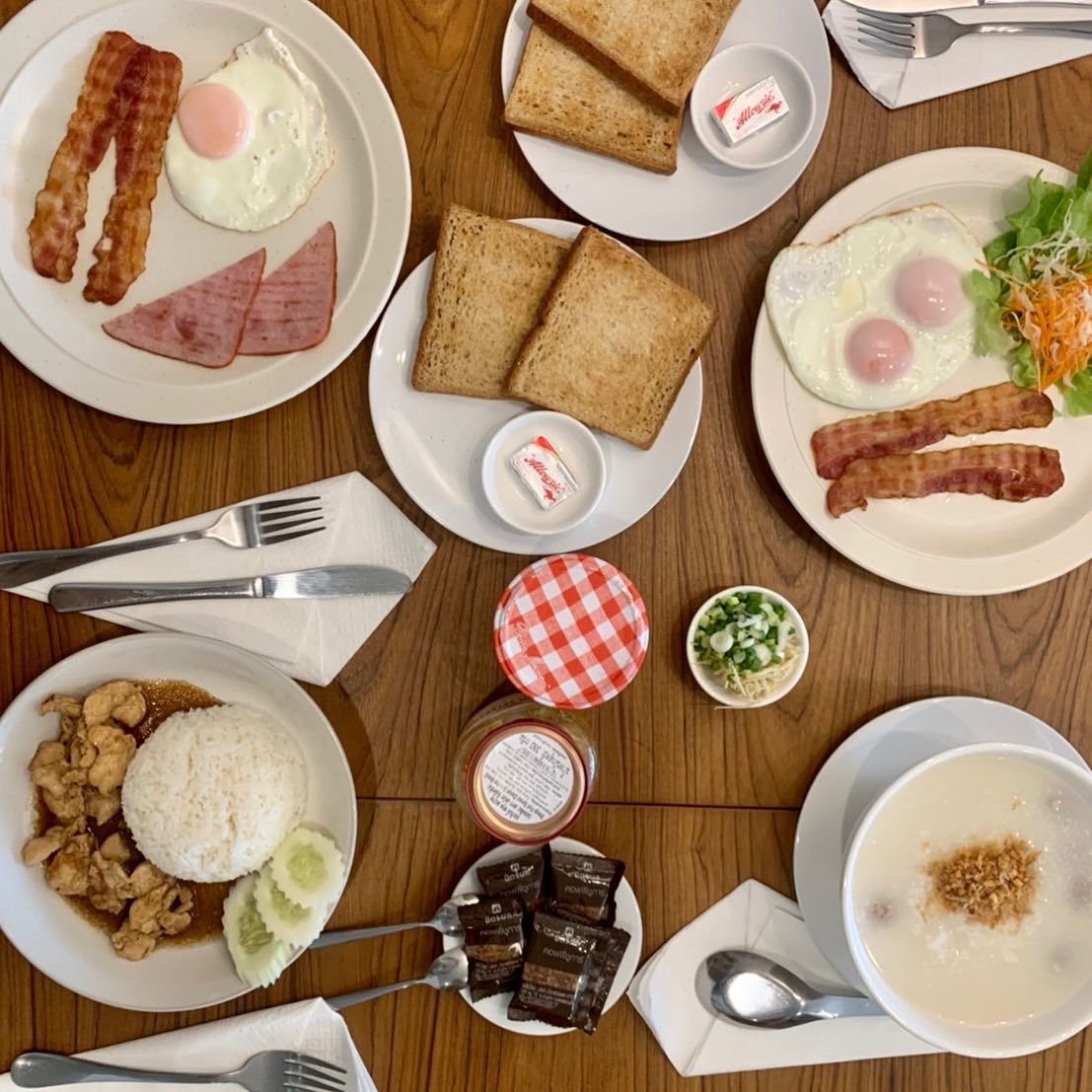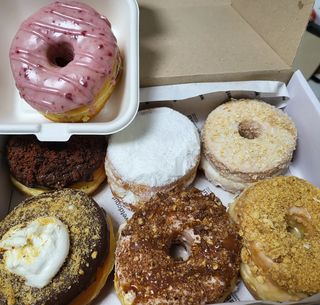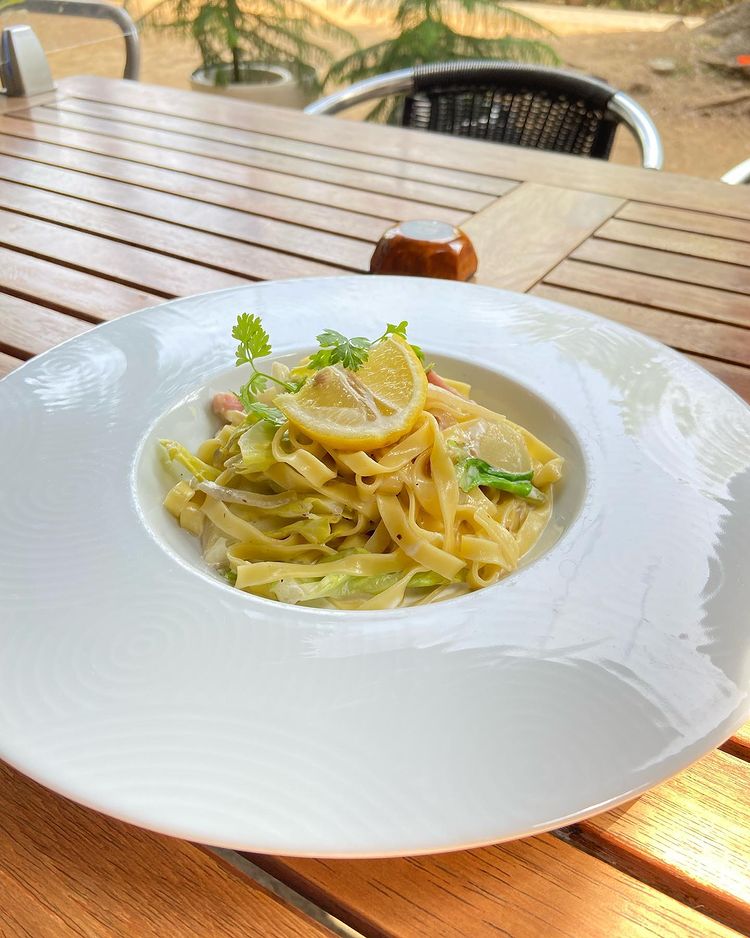If you’ve recently started exploring the world of coffee, you’ve probably encountered a lot of unfamiliar terms. From “single-origin” to “aroma” to “crema,” the coffee world can seem like a foreign language. Whether you’re ordering at a café or shopping for beans at the store, understanding the basic coffee terminology will help you make informed decisions and elevate your coffee experience.
In this beginner’s guide, we’ll break down essential coffee terms and explain what they mean in simple, easy-to-understand language.
Arabica vs. Robusta Beans
When you start buying coffee beans, you’ll often see labels for Arabica and Robusta. These are the two main species of coffee beans, each with its own characteristics.
- Arabica: Known for its smooth, complex flavor, Arabica beans are often considered the highest quality. They tend to have a sweeter taste, with notes of fruit, sugar, and floral flavors. Arabica coffee is grown in higher altitudes, primarily in countries like Colombia, Ethiopia, and Costa Rica.
- Robusta: Robusta beans are more bitter and contain higher caffeine levels. They have a stronger, more earthy flavor and are often used in espresso blends for added depth. Robusta beans are generally less expensive than Arabica and are grown in lower altitudes, with countries like Vietnam and Brazil being major producers.
Key Difference: Arabica is known for its smooth, sweet flavor, while Robusta tends to be stronger and more bitter.
Single-Origin Coffee
When you see “single-origin” on a coffee label, it means the coffee comes from one specific region, farm, or country. This type of coffee tends to have unique flavor profiles influenced by the environment in which it’s grown.
- Single-origin coffee allows coffee drinkers to experience the distinct flavors of a particular region, whether it’s fruity and bright from Ethiopia or rich and chocolatey from Guatemala.
Why It Matters: If you’re looking to taste coffee that showcases the specific flavors of its growing region, single-origin coffee is the way to go.
Espresso
Espresso is a concentrated coffee beverage made by forcing hot water through finely-ground coffee beans under high pressure. The result is a small, intense shot of coffee with a rich, creamy texture. Espresso serves as the base for many other coffee drinks, such as:
- Cappuccino
- Latte
- Americano
- Macchiato
Key Feature: Espresso is known for its strong, bold flavor and is typically served in small 1-ounce shots due to its intensity.
Crema
If you’ve ever seen a shot of espresso, you’ve likely noticed a golden-brown, frothy layer floating on top of the coffee. This is called crema. Crema is the result of the espresso-making process, where oils from the coffee beans emulsify with air during the brewing process, creating a rich, velvety foam.
Why It Matters: Crema adds to the texture and richness of an espresso shot, giving it a smooth, flavorful finish. It’s also a sign of good-quality coffee beans and a well-made espresso.
Brew Methods
Understanding different coffee brewing methods is key to knowing what kind of coffee you prefer. Here are some common brewing methods:
- Drip Coffee: The most popular method, where hot water slowly drips through coffee grounds in a filter. This is what most home coffee makers use.
- French Press: A method where coffee grounds are steeped in hot water, then pressed through a plunger. This creates a fuller, richer cup of coffee.
- Pour-Over: A manual method where hot water is poured over coffee grounds in a filter, allowing for a precise brewing process that highlights the coffee’s unique flavors.
- Espresso: A concentrated brewing method that forces hot water through finely-ground coffee under high pressure.
- Cold Brew: Coffee brewed with cold water over an extended period (usually 12-24 hours), resulting in a smooth, less acidic drink.
Why It Matters: Each brewing method extracts different flavors and textures from the coffee, so you can experiment to find which one suits your taste.
Roast Levels
The roast level of your coffee plays a huge role in its flavor. Roasting transforms the chemical structure of coffee beans, and different roast levels produce different taste profiles. The common roast levels are:
- Light Roast: Light brown color with no oil on the surface. These coffees have bright, acidic flavors and showcase the unique characteristics of the beans.
- Medium Roast: Medium brown color with a balanced flavor profile. This roast level offers a nice balance of acidity, sweetness, and body.
- Dark Roast: Dark brown to almost black color with oils on the surface. Dark roasts have a bolder, more bitter flavor, with notes of chocolate or smoky flavors.
Why It Matters: The roast level determines how bold or mellow your coffee will taste. If you enjoy a bright, fruity cup, go for a light roast; if you like a fuller, stronger flavor, try a dark roast.
Checkout: Exploring the World’s Most Expensive Coffee Beans
Grind Size
The grind size of your coffee beans directly affects how your coffee will taste. Different brewing methods require different grind sizes:
- Coarse Grind: Used for French press and cold brew. The large coffee particles allow for a slower extraction.
- Medium Grind: Used for drip coffee makers and pour-overs. It’s the most versatile grind.
- Fine Grind: Used for espresso machines. The fine grind ensures that water flows through the coffee grounds at the right pressure.
- Extra Fine Grind: Used for Turkish coffee, which requires a very fine powder-like grind.
Why It Matters: The right grind size ensures that the coffee is extracted evenly, resulting in the best flavor for your brewing method.
More About: How to Make Your Own DIY Coffee Syrups at Home
Caffeine Content
Caffeine is the compound that gives coffee its energizing effects. Different types of coffee and brewing methods have varying levels of caffeine. Generally:
- Espresso: A shot of espresso has more caffeine per ounce, but since it’s served in small quantities, it contains less caffeine overall compared to a full cup of coffee.
- Drip Coffee: A regular cup of drip coffee contains more total caffeine than a shot of espresso, but the caffeine concentration is lower.
Why It Matters: If you’re looking for a pick-me-up, choose espresso for a quick, intense caffeine boost, or go for drip coffee if you want a larger serving.
More About: Top 5 Coffee Shops in Rhyl
Acidity
Acidity in coffee refers to the bright, tangy flavors that are often found in high-quality beans, particularly those grown at higher altitudes. It’s not the same as the acidity in lemon or vinegar, but rather a desirable flavor note that adds complexity and vibrancy.
- High Acidity: Often found in beans from Ethiopia, Kenya, and Colombia. These coffees have bright, fruity flavors with citrus-like notes.
- Low Acidity: Beans from places like Brazil or Sumatra have lower acidity, resulting in a smoother, rounder cup.
Why It Matters: The level of acidity affects the overall taste experience. If you prefer a smooth, mellow cup, opt for low-acid coffee; if you like a lively, refreshing cup, look for high-acid varieties.
Read More: Types and Variety of Coffee
Conclusion: Mastering Coffee Terminology
Now that you’re familiar with some of the most common coffee terms, you can confidently explore new coffee options, order at your favorite café, and even select the best beans for your brewing method. Understanding coffee terminology not only enhances your appreciation for the drink but also opens the door to discovering new flavors, blends, and brewing techniques that suit your unique taste.
Coffee is an evolving journey, and the more you learn, the more you’ll enjoy each cup. So, whether you’re a newbie or a seasoned enthusiast, don’t hesitate to experiment and find your perfect brew. Happy sipping!
Frequently Ask Questions (FAQ’s)
Arabica beans are smoother and more flavorful, while Robusta beans are stronger, more bitter, and have higher caffeine content.
For French press coffee, use a coarse grind to allow for proper extraction and a smooth, full-bodied flavor.
Crema is the golden-brown foam that forms on top of a well-pulled espresso shot, contributing to its rich flavor and smooth texture.
Light roast has fruity and acidic flavors, medium roast is balanced, and dark roast has bolder, smoky flavors with less acidity.
Different brewing methods (drip, French press, espresso, etc.) extract coffee differently, influencing the flavor, body, and aroma of the coffee.
